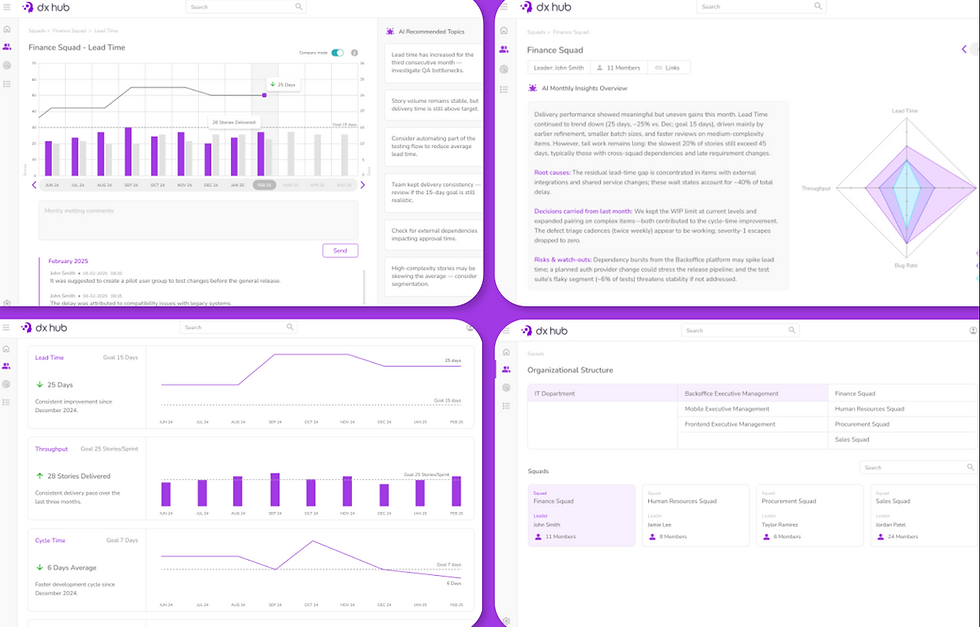Software Modernization vs. Digital Transformation
- Avalia

- Apr 24, 2024
- 3 min read
Concepts of software modernization and digital transformation have become central to discussions among decision-makers tasked with guiding their organizations into the future. Understanding the nuances between these two strategic imperatives is crucial for any leader aiming to not only survive but thrive in the digital age.
The Imperative of Software Modernization
Software modernization, a key component of organizational agility, involves the updating and improving of legacy systems to better meet current business needs and consumer expectations. It's a process that encompasses migration to the cloud, enhancement of system architectures, and the incorporation of modern software development practices such as Agile methodologies. The aim is to extend the life of existing systems, thereby improving efficiency, scalability, and performance.
Imagine a banking institution relying on a decades-old core banking system. By modernizing this system, the bank can introduce mobile banking features, real-time transactions, and personalized customer services without the need to replace the entire infrastructure. This not only saves costs but also significantly reduces time-to-market for new features, aligning with consumer demands for instant and on-the-go services.
The Broad Spectrum of Digital Transformation
Digital transformation, on the other hand, goes beyond the software aspect to encompass a comprehensive rethinking of how an organization uses technology, people, and processes to fundamentally change business performance. It's an all-encompassing approach that involves re-envisioning customer experiences, business models, and operations. This transformation may include software modernization as one of its components, but it extends to change management, culture, and organizational restructuring.
A compelling example of digital transformation is a traditional retailer transitioning to an omnichannel commerce model. This shift isn't just about creating an online store but reimagining the entire shopping experience across physical and digital platforms, integrating supply chains, and utilizing data analytics for personalized customer engagement.
The Interplay Between Modernization and Transformation
While software modernization can be seen as a subset of digital transformation, the relationship between the two is symbiotic. Modernization efforts can often spark broader digital transformation initiatives by revealing the potential and limitations of existing systems. Conversely, the vision of a digital transformation project may necessitate the modernization of certain software systems to support new business models and processes.
Real-World Insights
Leaders from various industries share a common realization: the journey towards digital maturity is neither linear nor uniform. For instance, a global manufacturing firm might embark on software modernization to improve its supply chain efficiency, only to discover the need for a more profound digital transformation that includes revamping its customer engagement strategies and business operations.
Experts underscore the importance of a strategic approach to these initiatives. Agile practices, in particular, are highlighted as critical for both software modernization and digital transformation efforts, providing the flexibility and iterative approach needed to adapt to changing market demands and technological advancements.
Looking Ahead: Embracing Change in the Digital Era
As organizations navigate their path through software modernization and digital transformation, the focus should always be on the ultimate goal: delivering value to customers in the most effective, efficient, and innovative ways possible. Whether it’s modernizing a specific legacy system or reimagining an entire business model, the key is to remain agile, responsive, and open to change.
In conclusion, while software modernization and digital transformation serve distinct purposes, their success is intrinsically linked to an organization’s ability to adapt and evolve. By understanding and leveraging the strengths of each approach, leaders can ensure their organizations not only keep pace with the digital age but set the benchmarks for innovation and excellence in their industries.


